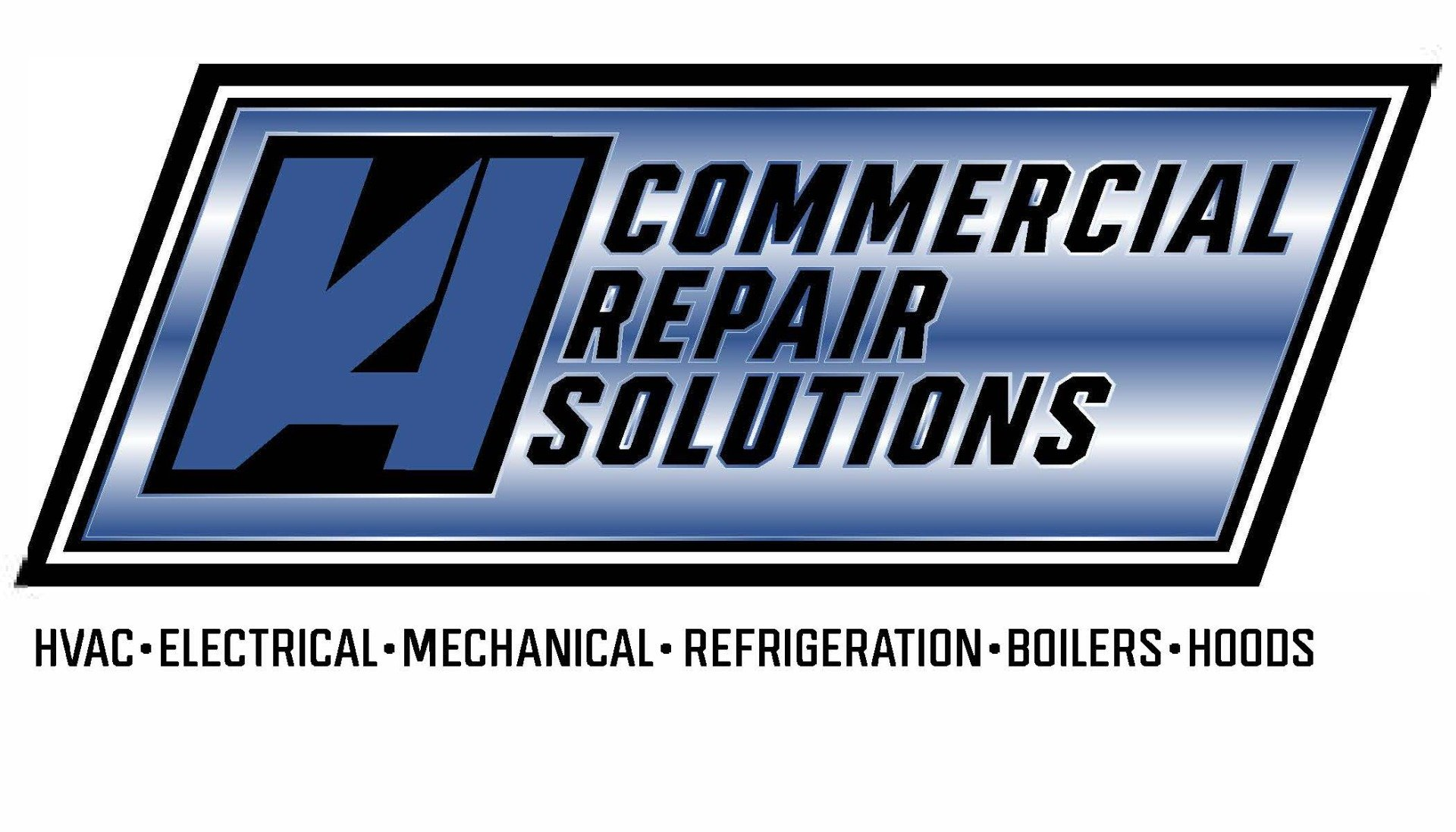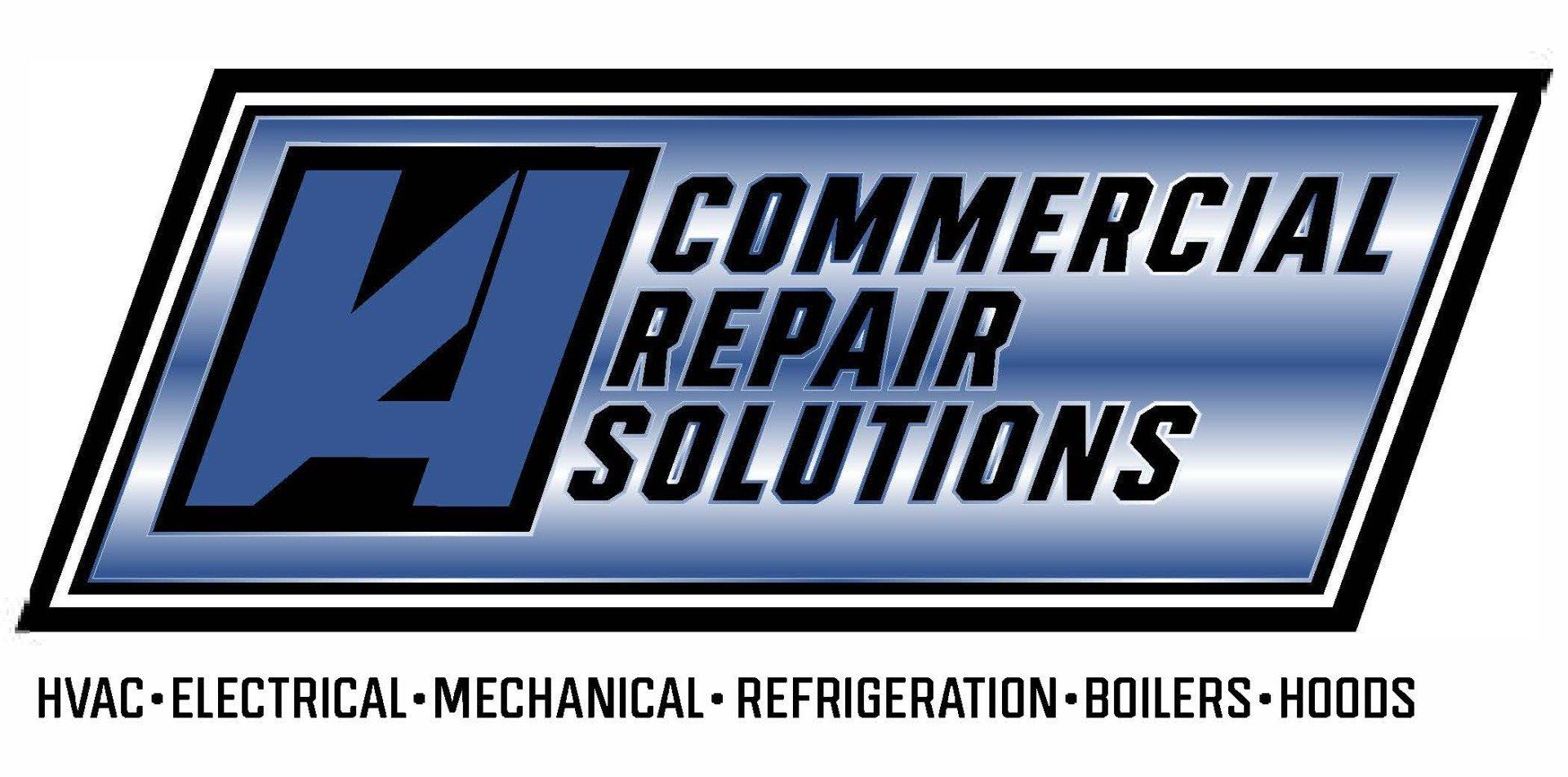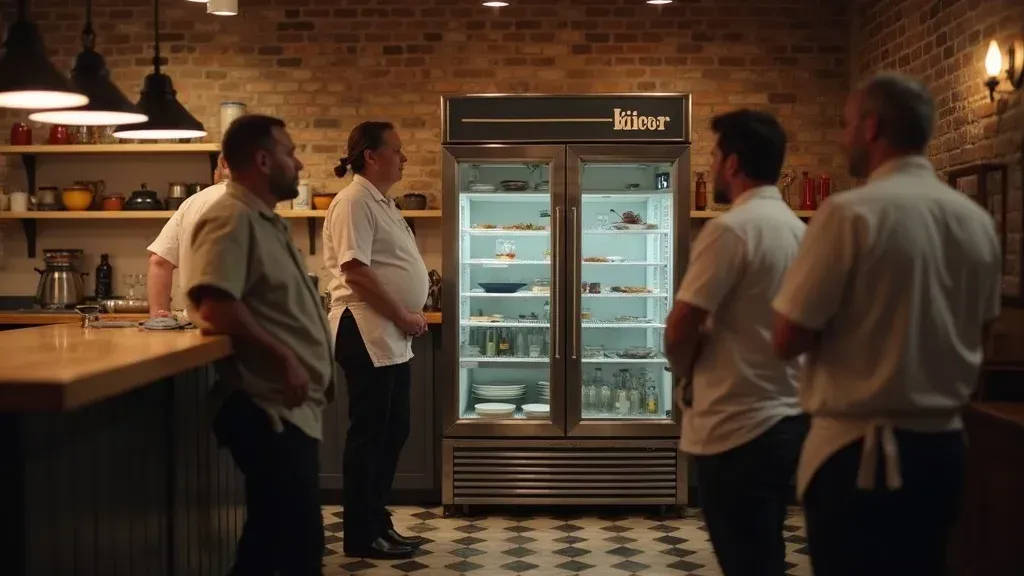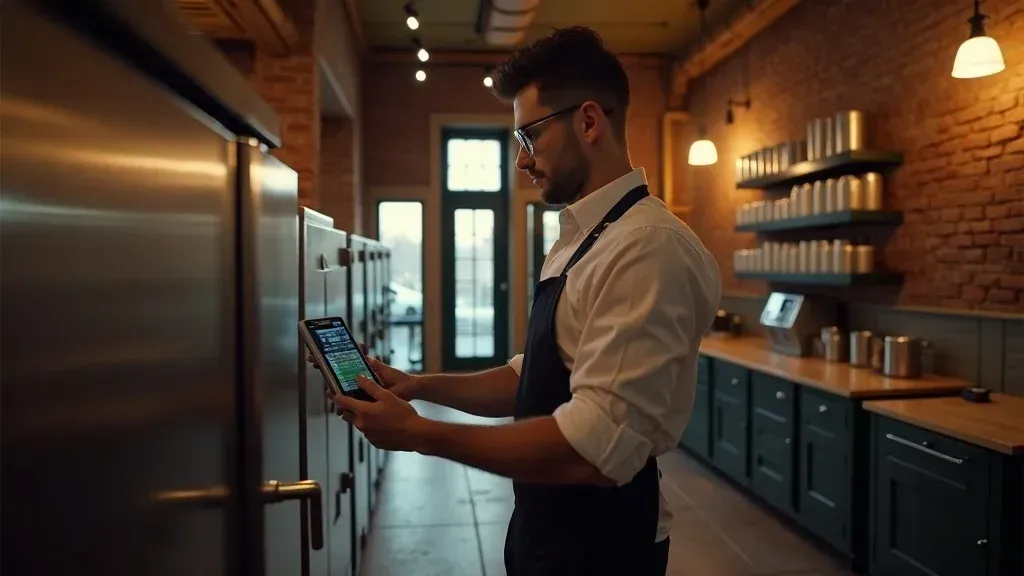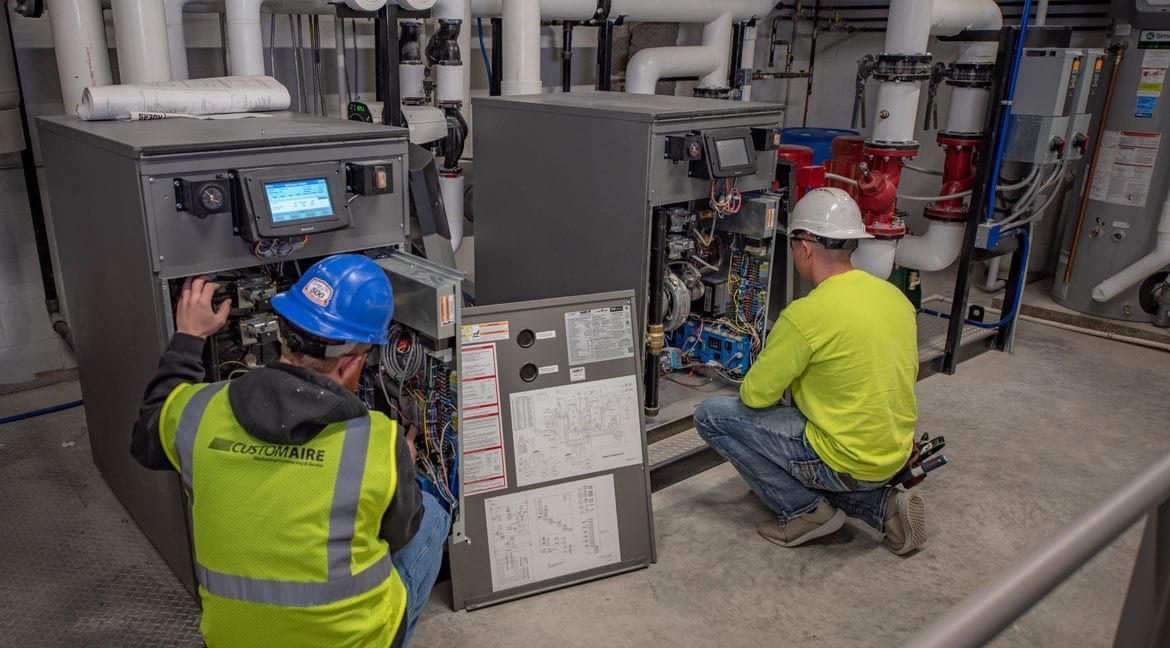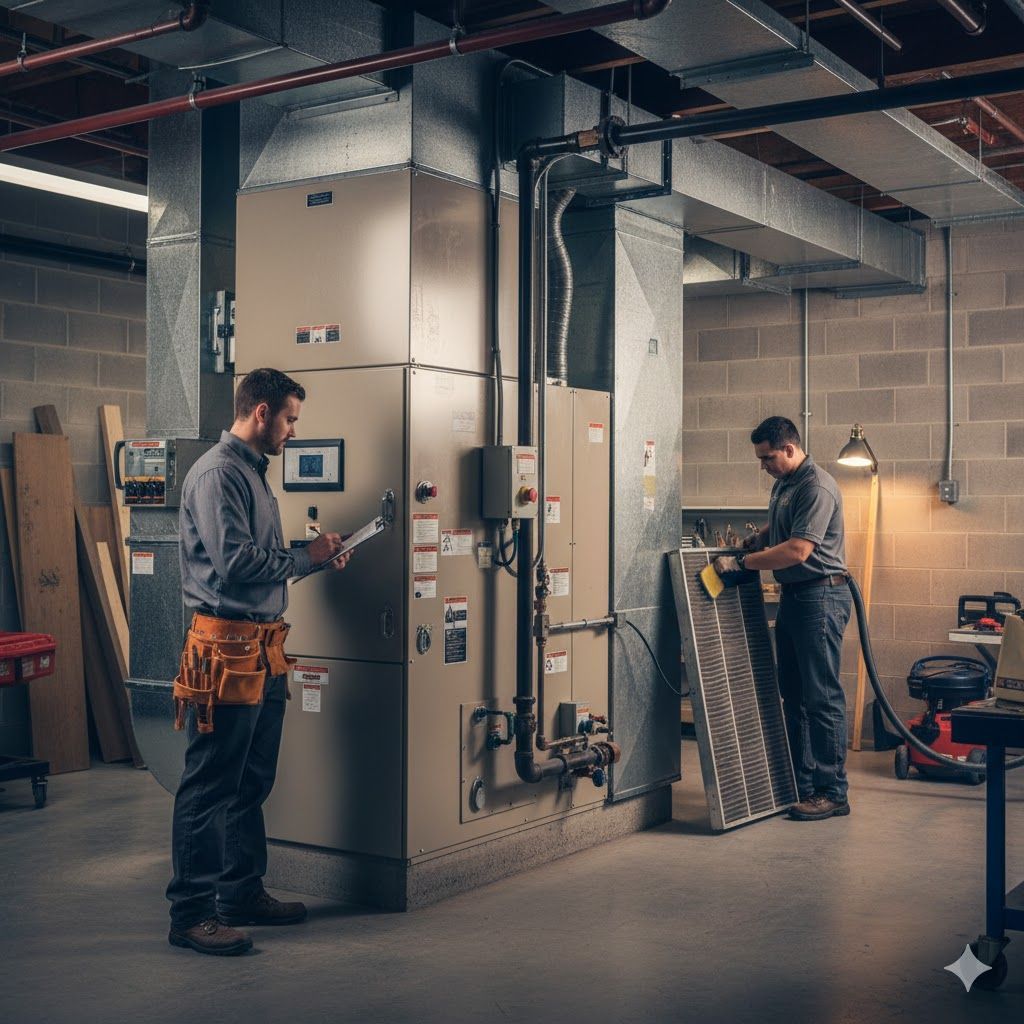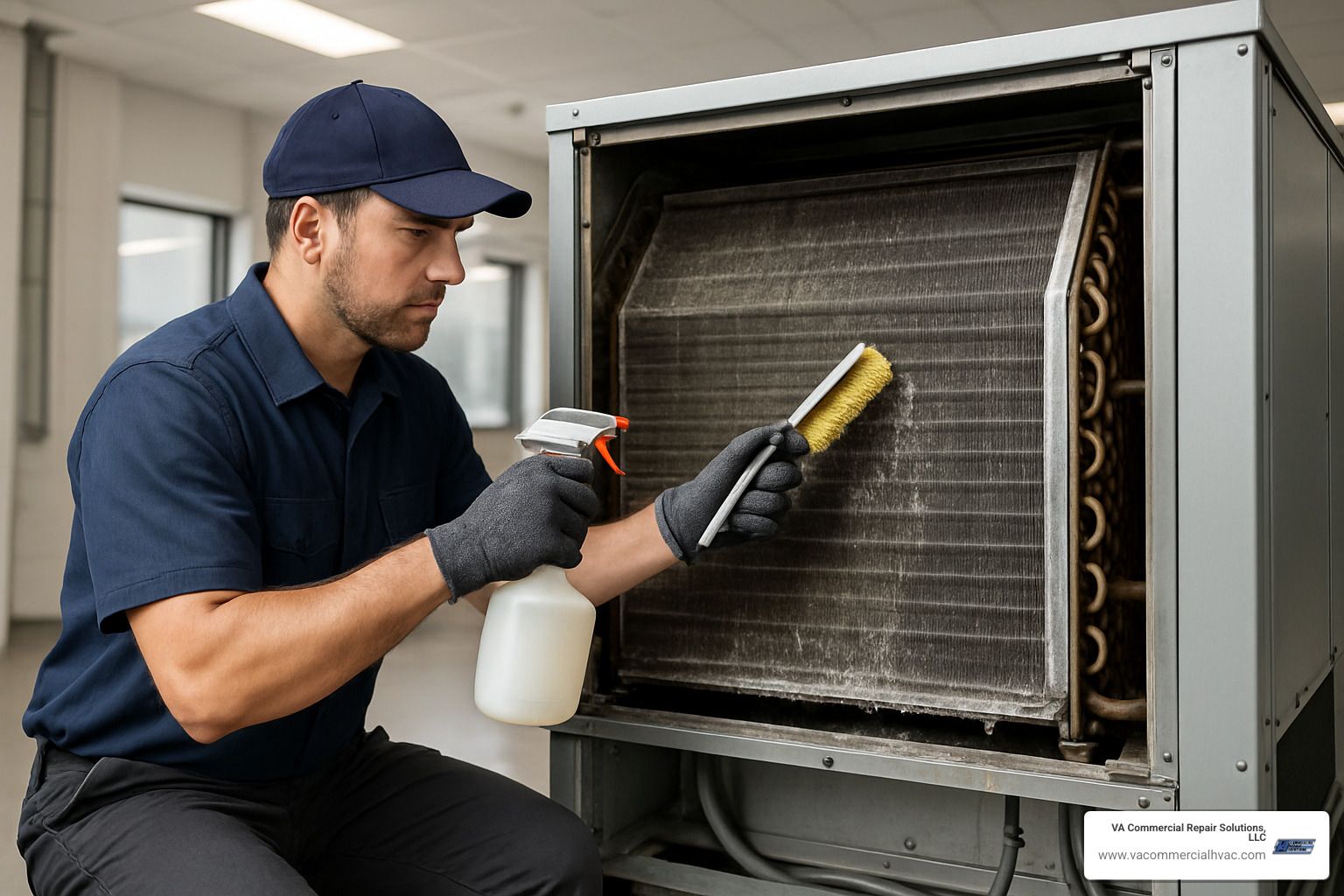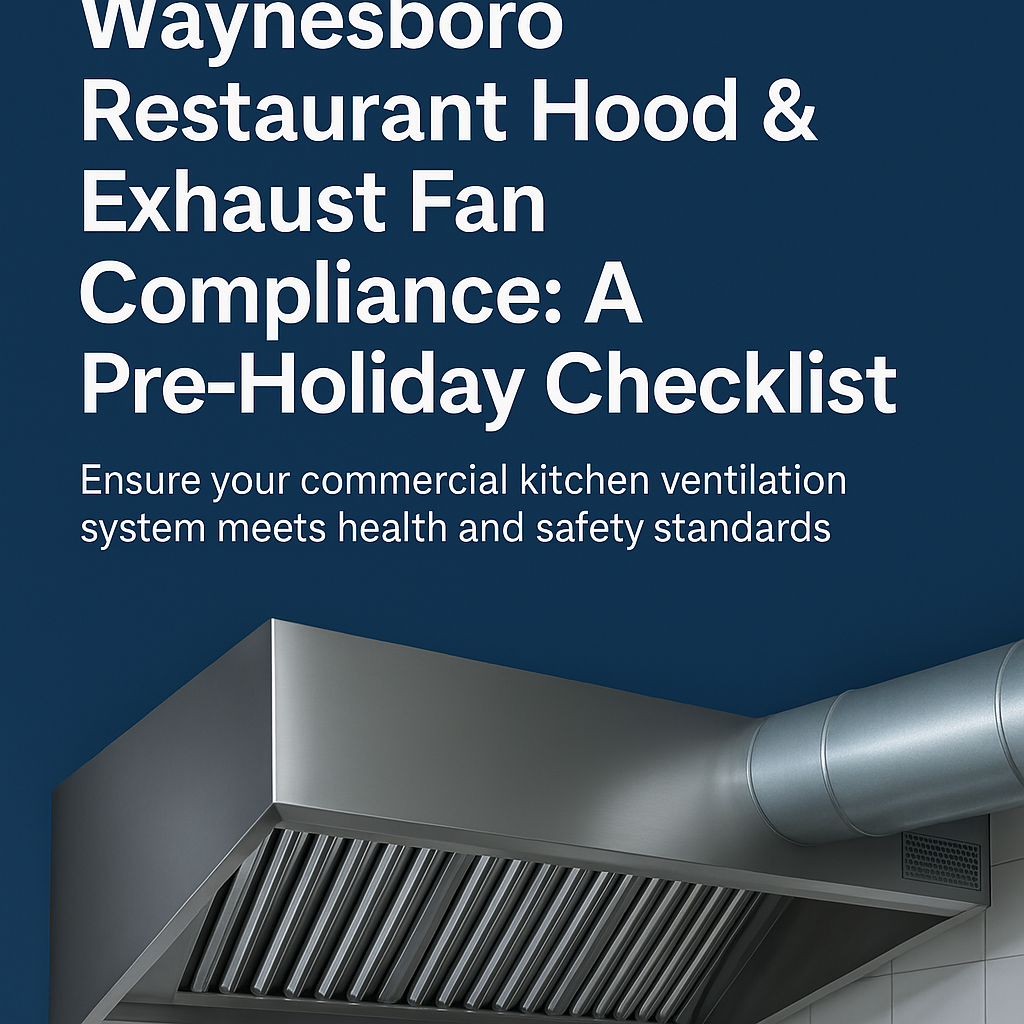When Your Fridge Gives You the Cold Shoulder – Troubleshooting Tips
When Your Refrigerator Not Getting Cold Becomes a Business Emergency

A refrigerator not getting cold can spell disaster for any commercial kitchen or facility. One morning you're running smoothly, the next you're staring at thousands of dollars in spoiled inventory and potential health code violations.
Quick Solution Checklist for Refrigerator Not Getting Cold:
- Check power - Verify unit is plugged in and circuit breaker hasn't tripped
- Test temperature settings - Ensure thermostat is set between 35-40°F
- Clean condenser coils - Remove dust and debris blocking heat release
- Clear air vents - Remove items blocking internal airflow
- Inspect door gaskets - Look for tears or poor seal around doors
- Listen for fans - Both condenser and evaporator fans should run
- Reset the system - Unplug for 10 minutes, then restore power
Many cooling issues stem from simple maintenance problems you can fix in minutes. Common warning signs include food spoiling faster than normal, ice buildup in wrong places, unusual noises, or the compressor running constantly. Refrigerators should maintain 37-41°F for food safety - anything warmer puts your business at risk.
I'm Gregg Kell from VA Commercial Repair Solutions, and I've helped hundreds of Central Virginia businesses diagnose refrigerator not getting cold emergencies. Quick action often prevents costly breakdowns and keeps operations running smoothly.

How a Refrigerator Stays Cool (and What Can Go Wrong)
Your refrigerator is basically a heat pump that moves warmth from inside the box to outside your kitchen. It's been doing this same clever trick since the 1920s, using the simple fact that liquids absorb heat when they turn into gas, and release heat when gas turns back into liquid.
The magic happens in a sealed system where refrigerant continuously cycles between liquid and gas states. The main players include the compressor (which pumps refrigerant around the system), condenser coils (where heat gets dumped), evaporator coils (where cooling happens), and the refrigerant itself. Add in fans, sensors, and control boards, and you've got a complete cooling machine.
This system depends on everything working together perfectly. Proper refrigerant pressure , clean coils for good heat transfer, working fans for airflow, and functioning electrical components all have to play nice. When any piece breaks down or gets dirty, that's when your refrigerator not getting cold becomes a real headache.
Ambient temperature matters too. If your kitchen gets too hot, or if the electricity supply isn't steady, even a perfectly good refrigerator can struggle.
The Cooling Loop in 60 Seconds
The compressor pumps hot refrigerant vapor under high pressure toward the condenser coils. These coils release heat to surrounding air as the refrigerant undergoes a phase change - condensing from gas back into liquid.
This liquid refrigerant travels through an expansion valve where pressure drops dramatically. The refrigerant enters the evaporator coils as low-pressure liquid, rapidly evaporating back into gas. This evaporation process absorbs heat from inside your refrigerator - that's what keeps your food cold.
The warm refrigerant vapor travels back to the compressor to start the cycle again. This compressor pump action repeats continuously, cycling based on thermostat settings.
Silent Helpers: Fans, Sensors & Boards
The evaporator fan circulates cold air throughout your refrigerator. Without it, you'd have cold spots near coils and warm spots everywhere else. The condenser fan moves air across hot condenser coils, carrying away heat.
Thermistors constantly monitor temperatures and report to the control system. The control board coordinates when the compressor runs, fan speeds, defrost cycles, and safety features.
When any of these components fail, the whole cooling process breaks down fast. Many give warning signs before complete failure, which is why regular maintenance prevents emergency breakdowns.
Why Is My Refrigerator Not Getting Cold? Quick Diagnostic Checklist
When facing a refrigerator not getting cold crisis, systematic troubleshooting saves both time and money. Most cooling problems fall into predictable patterns - and the simplest explanations are usually correct.
Power supply problems cause more service calls than expected. A loose plug, overloaded circuit, or tripped breaker can create intermittent cooling that mimics serious issues. Thermostat settings get bumped or accidentally changed more often than people realize. Your target should be 37°F for the fresh food section and 0°F for the freezer.
Dirty condenser coils rank as the number one mechanical cause of cooling failures. When these coils can't release heat properly, your compressor struggles like a car climbing a mountain with a clogged radiator. Pet hair, kitchen grease, and dust create an insulating blanket that can kill even the best refrigeration system.

First Things First When Your Refrigerator Not Getting Cold
Before taking anything apart, let's knock out the "five-minute fixes" that solve more problems than you'd believe.
Check for power by opening the door and looking for interior lights. No lights usually means no power. Listen for your compressor - that steady humming tells you the heart of your system is trying to work. Complete silence often means control board or electrical problems. Rapid clicking followed by silence usually indicates compressor start-up problems needing professional attention.
Test actual temperatures with a reliable thermometer, not just the display panel. Your fresh food section should read 37°F and freezer should hit 0°F. Anything above 40°F means you're in the danger zone for food safety.
For businesses that can't afford downtime, our Refrigeration Repair Service provides immediate response throughout the Charlottesville area.
Fridge Warm, Freezer Fine? — Refrigerator Not Getting Cold in Fresh-Food Section
This problem - freezer working while fresh food section runs warm - tells us the main cooling system is functional, but something's preventing cold air from reaching where it needs to go.
Most refrigerators use a single evaporator coil in the freezer, then depend on fans and dampers to move cold air into the fresh food compartment. Frost buildup on evaporator coils blocks airflow like a wall of ice, usually pointing to defrost system problems.
The damper control assembly acts like a valve between compartments. When this sticks closed or fails, cold air stays locked in the freezer. Thermistor problems can create the same symptoms - faulty sensors might not signal for cold air in the fresh food section while still managing freezer temperatures properly.
Step-by-Step Troubleshooting & Fixes You Can Try Today
Let's tackle the most common refrigerator not getting cold problems, starting with simple fixes and working up to complex diagnostics. Always unplug your unit before attempting repairs, and never service sealed system components without proper training.

Clean Those Condenser Coils (5-Minute Job)
Dirty condenser coils cause more refrigerator cooling problems than any other single issue . Yet cleaning them takes just five minutes and requires no special skills.
Condenser coils release heat absorbed from inside your refrigerator. When clogged with dust, pet hair, or grease, heat transfer becomes nearly impossible. Your compressor works harder but can't achieve proper temperatures.
Most condenser coils hide on the back or underneath behind a removable panel. Start by unplugging your refrigerator. Use a vacuum with narrow attachment to remove loose debris, then follow up with a condenser coil brush. Work gently between fins - they bend easily.
Commercial kitchens may need degreasing agents followed by thorough rinsing. After cleaning, your compressor should run more quietly and cycle normally instead of constantly. Clean coils every 2-3 months in normal environments , monthly with dust or pet hair.
For detailed guidance, check out this resource on how to clean your coils.
Door Gasket Exam & Easy Seal Fixes
Door gaskets are critical for maintaining proper temperatures. Even tiny leaks allow warm air to sneak in continuously, forcing your cooling system to work overtime.
Inspect all door gaskets for tears, cracks, or spots where gasket has pulled away. Use the dollar bill test - close a dollar bill in various spots around the door, then try pulling it out. If it slides out easily, your gasket isn't sealing properly.
Many problems result from buildup preventing rubber from making full contact. Clean gaskets with warm, soapy water to remove residue. Apply thin petroleum jelly to maintain flexibility. For gaskets that lost shape but aren't torn, gently warm with a hair dryer while reshaping.
Resetting the Brain: How to Power-Cycle Your Fridge
Modern refrigerators rely on electronic controls that occasionally need rebooting to restore normal operation. Unplug your refrigerator or switch off the circuit breaker . Wait a full 10 minutes for all capacitors to discharge and control systems to reset.
While waiting, verify thermostat settings and clear any vent obstructions. After 10 minutes, restore power and listen for normal startup sounds. Allow up to 24 hours for temperatures to fully stabilize after a power cycle.
When to Suspect the Compressor
Compressor problems represent the most serious failures. A compressor running constantly without achieving proper temperatures often indicates internal failure. Clicking sounds followed by silence suggest start relay problems. Complete silence indicates power supply problems or total compressor failure.
Compressor replacement often costs 50-70% of a new unit's price . For older refrigerators, replacement usually makes better economic sense. When you suspect compressor problems, call professionals with proper diagnostic equipment.
Keep It Chill: Preventive Maintenance & Pro Tips

Spending fifteen minutes every few months beats dealing with a refrigerator not getting cold emergency at the worst possible moment. Most cooling failures are completely preventable with basic care.
Clean condenser coils every three months for most environments. If dealing with pet hair, grease, or dust, bump to monthly. Monthly vent checks prevent major headaches - ensure nothing blocks external vents and keep food items away from internal air vents.
Maintain at least half an inch clearance on sides and full inch on top and back. Target 37°F for refrigerator temperature - use a separate thermometer to verify actual temperatures, don't rely on built-in displays.
Think of food organization like traffic flow - you want balanced loads with clear pathways for air movement. Overpacking blocks vents and creates hot spots. Ambient temperature control matters more than most realize - extreme heat can push units beyond design limits.
Keep a simple maintenance log with cleaning dates, temperature readings, and unusual behaviors. This becomes invaluable when problems arise. For commercial operations with multiple units, our guide to 7 Tips for a Happy Commercial Refrigerator provides additional insights.
Preventive maintenance costs pennies compared to emergency repairs and lost inventory.
Frequently Asked Questions about Refrigerator Cooling Problems
How often should I clean condenser coils?
Every 2-3 months for most commercial refrigerators, but environment makes the difference. Busy restaurant kitchens need monthly cleaning, while clean office break rooms might stretch to quarterly.
Pet hair is the silent killer of condenser coils, requiring monthly cleanings minimum. High-grease environments like commercial kitchens need weekly attention to prevent buildup leading to compressor failure.
Watch for warning signs between cleanings - compressor running constantly, unusual warmth, or gradually rising temperatures signal dirty coils demanding immediate attention.
Can I keep using a fridge that isn't cooling properly?
Absolutely not - food safety isn't negotiable, especially in commercial settings where violations can shut you down permanently. Bacteria multiply rapidly once temperatures climb above 40°F.
If your unit maintains temperatures but struggles - running constantly or making unusual noises - you can continue operating temporarily while arranging service. Temperature above 40°F means immediate shutdown.
What's the average lifespan of a modern refrigerator?
Commercial units typically deliver 10-15 years with proper maintenance, while residential refrigerators in light commercial use might reach 15-20 years. Units we service regularly often exceed expected lifespans significantly.
Environment plays a huge role - climate-controlled locations outlast unconditioned warehouses by years. Consider replacement when repair costs hit 50% of new unit price, especially for equipment over 10 years old.
Conclusion & When to Call the Pros
After working through these troubleshooting steps, you should know whether your refrigerator not getting cold problem is DIY-fixable or needs professional help.
Many cooling issues come down to simple maintenance - dirty coils, blocked vents, or thermostat settings. But anything involving electrical components beyond basic power checks , refrigerant leaks, compressor troubles, or sealed system work needs professional attention.
I've seen too many DIY attempts turn a $200 repair into a $2,000 replacement. When your compressor clicks and won't stay running, when you smell refrigerant, or when electrical components spark - step back and call for help.
At VA Commercial Repair Solutions, refrigeration emergencies don't check the clock . We answer every call live - no voicemail, no "we'll get back to you tomorrow." When your equipment threatens your inventory, you need someone who picks up right now.
We fix what can be fixed - we're not looking to sell you a new unit if your current one needs TLC. We'll exhaust every reasonable repair option before mentioning replacement, backed by repair guarantees that mean something.
In commercial refrigeration, time equals money . Quick professional intervention catches problems while manageable, before they cascade into failures that shut down operations and spoil inventories.
When your refrigerator not getting cold situation moves beyond these basics, reach out to our Commercial Refrigeration Repair team. We serve businesses throughout Charlottesville, Harrisonburg, Waynesboro, Staunton, Lexington, and Fishersville with responsive service that keeps operations running smoothly.
The best repair happens before the emergency. But when emergencies strike, you want someone who answers the phone, shows up prepared, and gets you back in business quickly.
